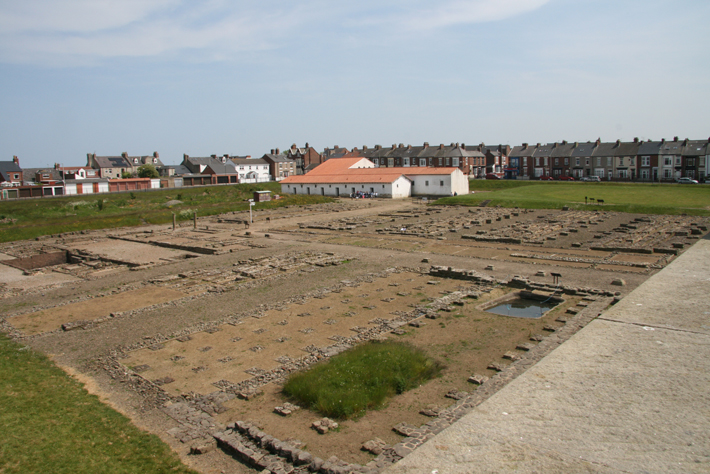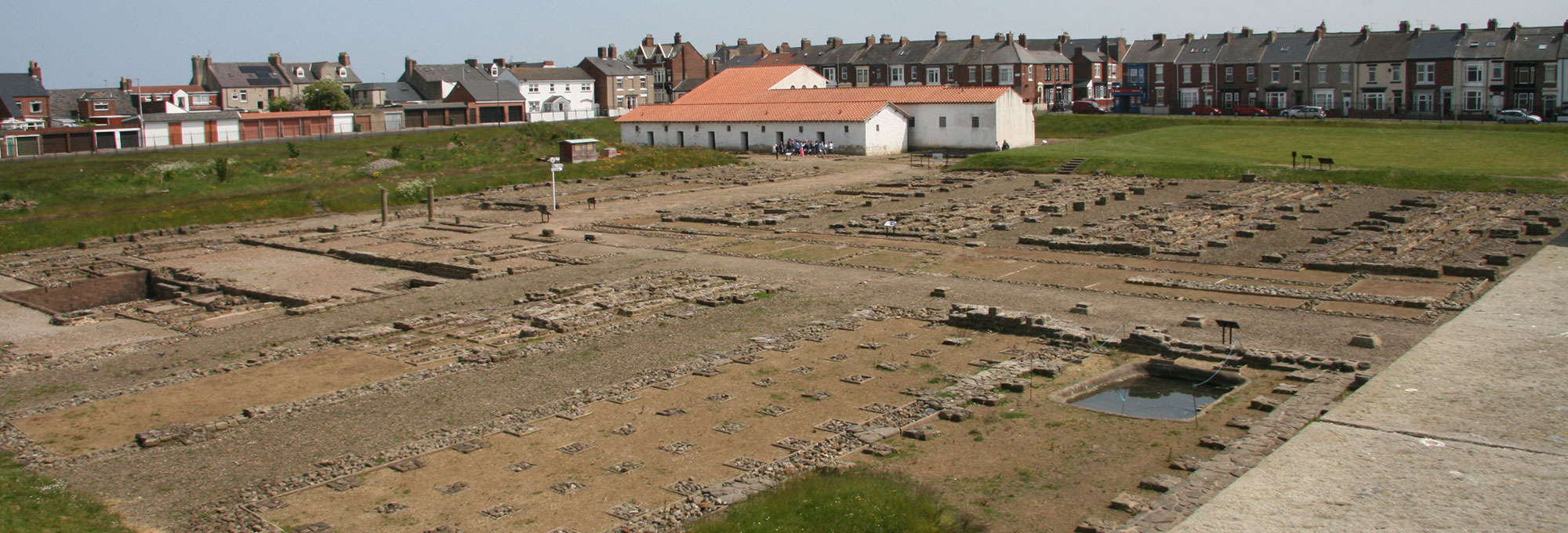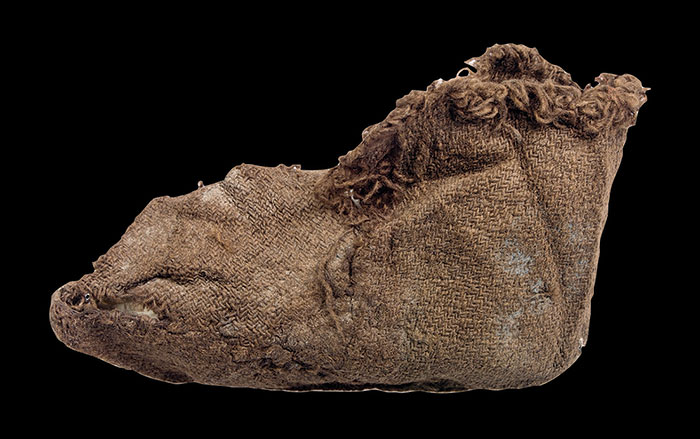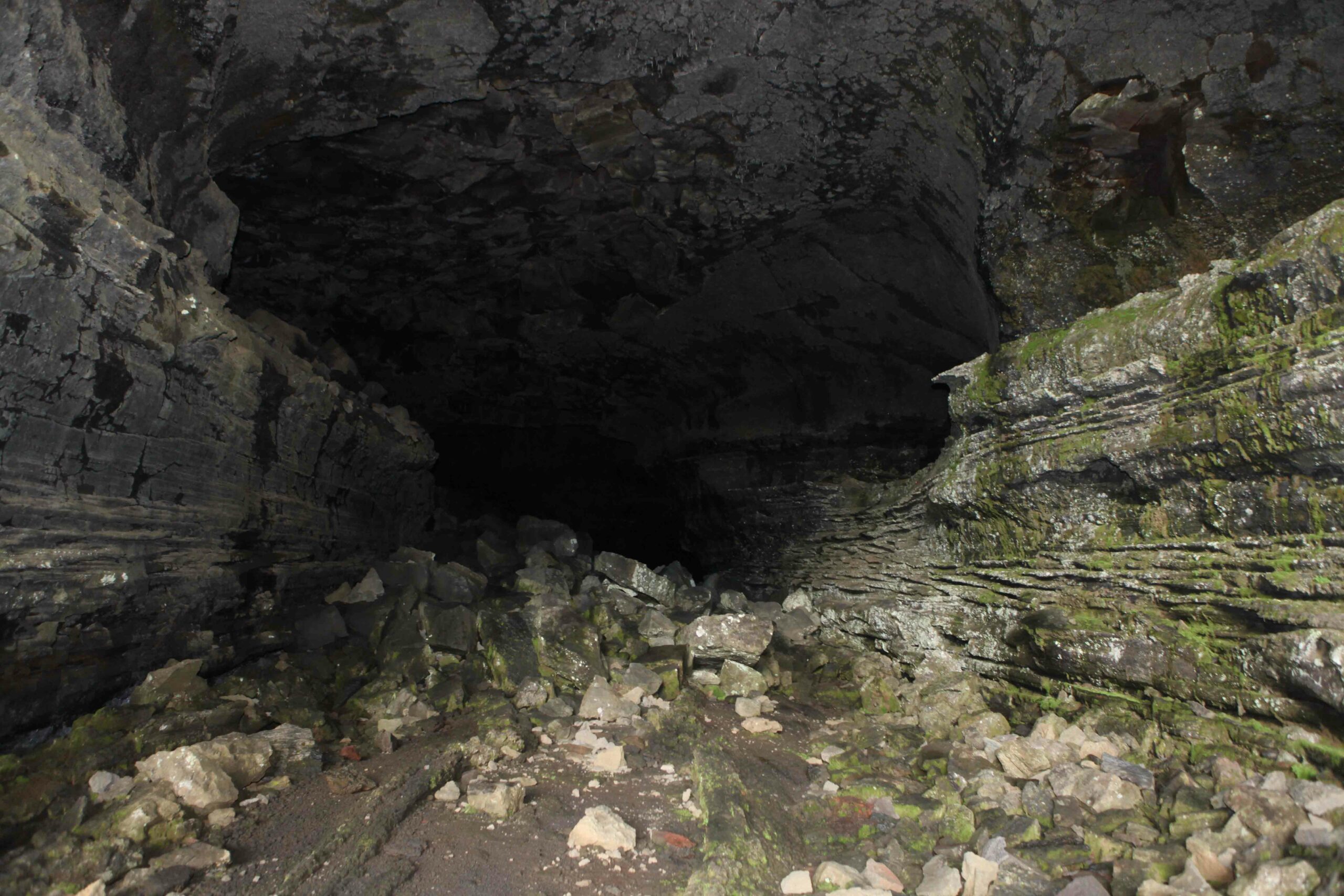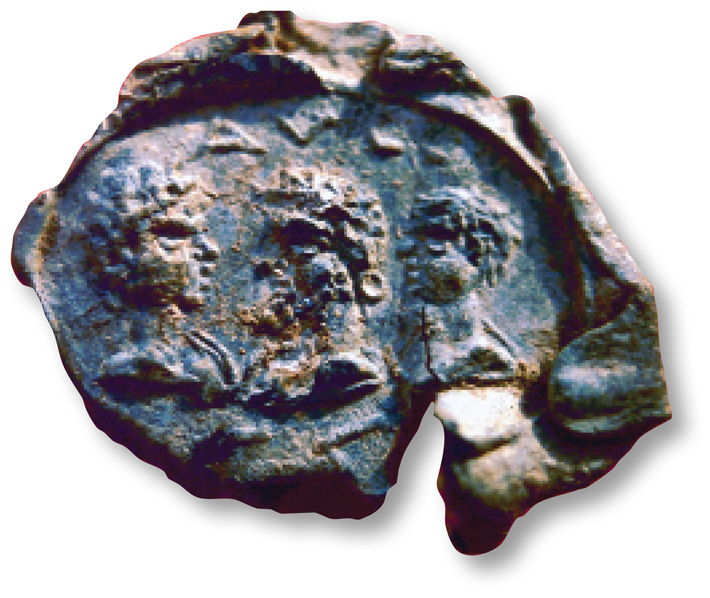
In the Roman period, the fort at South Shields, which overlooks the entrance to the River Tyne, guarded port access to Hadrian’s Wall. Several forts were built at the site, first under the emperor Hadrian, and then under Marcus Aurelius, but in the first decades of the third century A.D., the fort’s southern wall was removed and the fort’s main function as the guardian of the harbor changed. With the addition of 13 granaries to the original two that were standard—with a further six constructed later—South Shields, whose Latin name may be Arbeia, became the main supply base for the whole of Hadrian’s Wall.
Scholars believe that this repurposing of the fort was tied to the emperor Septimius Severus’ invasion of Scotland and his plan for Rome to attempt, once again, to occupy the entirety of northern Britain. As part of this effort, Severus ordered that Hadrian’s Wall be rebuilt where needed, which likely was the reason that the wall was originally identified as the “Severan Wall.” Septimius Severus’ campaign would, in the end, prove unsuccessful and be abandoned by his son Caracalla. Though originally intended to supply the tens of thousands of troops Septimius Severus brought with him for the invasion, for a century after the effort failed, Arbeia nevertheless remained a main supply base for soldiers on the wall. “This has really important implications for understanding how the Roman army provisioned itself and about its relationships with local people,” says archaeologist Nick Hodgson. “The default modern assumption has been that Hadrian’s Wall’s army got its foodstuffs from the local population, whether by taxation, requisition, or purchase. But Arbeia casts doubt on this because it suggests a continuing reliance on imported materials, perhaps from southern Britain, or even from the continent. It’s a more complicated method of supplying the army than the rather more cozy model of getting it all from local farmers.”
